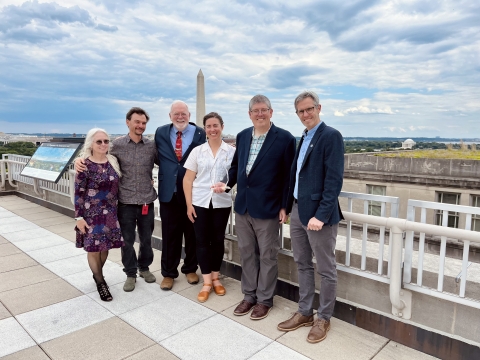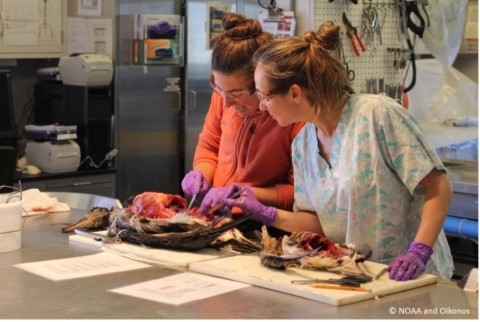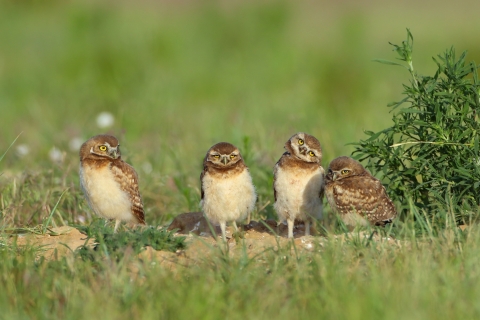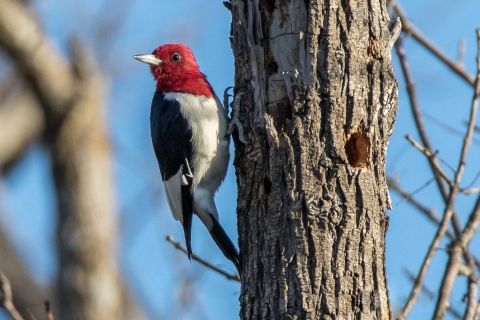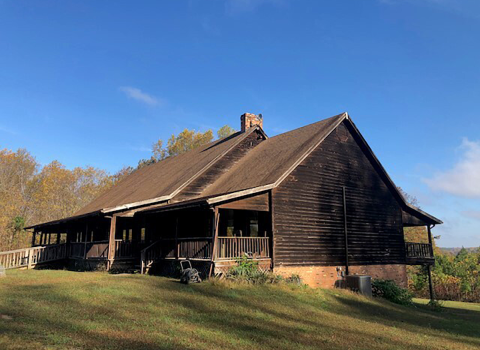Since 2009, the Council for the Conservation of Migratory Birds (Council) has been responsible for implementing Executive Order 13186, which outlines the responsibilities of federal agencies to safeguard migratory birds. This Council facilitates coordination and communication among federal agencies to enhance collaboration, improve conservation efforts, and acknowledge the positive impacts of federal activities on bird populations.
One way the Council recognizes these significant efforts is through the Presidential Migratory Bird Federal Stewardship Award. This annual award honors projects or actions undertaken by or in partnership with federal agencies that align with the goals of Executive Order 13186, focusing on migratory bird conservation. These projects might include minimizing negative impacts on birds and their habitats, restoring habitats, and integrating bird conservation into agency plans and activities. Evaluation criteria include geographic influence, partnership quality, policy influence, innovation, and effectiveness in benefiting species of concern.
The Council is pleased to announce the winner of the 2023 Presidential Migratory Bird Federal Stewardship Award: The National Oceanic and Atmospheric Administration (NOAA). NOAA, an agency of the U.S. Department of Commerce, was honored at this year’s Council meeting for their innovative NOAA Fisheries-Oikonos Seabird Bycatch Project.
About the Winning Project
The NOAA Fisheries-Oikonos Seabird Bycatch Project, started in 2007, is a joint effort between NOAA and Oikonos to conserve seabirds. The project uses commercial longline fishing boats as research platforms to gather data on seabirds accidentally caught in fishing operations. Its main goal is to analyze this data to help managers and scientists understand marine pollution trends, seabird distribution, feeding habits, and the impact of fisheries. Instead of disposing of the bycaught seabirds at sea, Oikonos collects their carcasses for study. This information is vital for assessing population-level impacts and supports ecosystem modeling, evaluation of seabird population trends, and the creation of strategies to reduce threats such as habitat loss, invasive species invasive species
An invasive species is any plant or animal that has spread or been introduced into a new area where they are, or could, cause harm to the environment, economy, or human, animal, or plant health. Their unwelcome presence can destroy ecosystems and cost millions of dollars.
Learn more about invasive species , pollution and bycatch.
The project reached a major milestone in early 2022, having conducted necropsies on over 3,700 seabirds, including 1,700 albatrosses, and published articles on topics such as seasonal variation in seabird bycatch, age-specific mortality, and stomach contents of the short-tailed albatross. It is the only U.S. program to collect age, sex ratios, stomach contents, and DNA from pre-existing physical migratory bird specimens. Through comprehensive data collection and analysis, this project helps build understanding of population-level impacts, informing conservation strategies, and supporting the management of many Birds of Conservation Concern (BCC) such as the short-tailed albatross, black-footed albatross, Laysan albatross, Northern fulmar, and short-tailed shearwater.
Other Award Finalists
The U.S. Department of Energy (DOE) Richland Operations Office was a finalist for their Hanford Site: Conservation of Avian Species in Hanford’s Shrub-Steppe Ecosystem Project. Starting in 2011, Hanford began a comprehensive protection program that includes monitoring, evaluating potential DOE cleanup activity impacts on migratory birds and taking protective measures as needed, training site personnel about migratory bird protection, and protecting and enhancing important migratory bird habitats. The Hanford Site represents one of the largest remaining blocks of native sagebrush sagebrush
The western United States’ sagebrush country encompasses over 175 million acres of public and private lands. The sagebrush landscape provides many benefits to our rural economies and communities, and it serves as crucial habitat for a diversity of wildlife, including the iconic greater sage-grouse and over 350 other species.
Learn more about sagebrush shrub-steppe communities within the Columbia Basin Ecoregion and provides permanent or transitory habitat for over 200 avian species. Some BCC species benefiting from this project include burrowing owl, ferruginous hawk, Swainson’s hawk, bald eagle, Northern harrier, long-eared owl, sage thrasher, and others. The U.S. DOE’s Hanford Site, with a mission of environmental cleanup and treatment, has exceeded agency mandates and established the site as a leader through its implementation of conservation, research, partnerships (local, state and Federal partners), and migratory bird compliance programs.
The National Park Service was a finalist for their Prairie Warbler Restoration by Ozark National Scenic Riverways and Partners’ project. Partners included: Missouri Department of Conservation, L-A-D Foundation, The Nature Conservancy, and the U.S. Forest Service. Working closely with these partners in the Current River watershed in Missouri, this project used prescribed fire and Eastern red cedar removal to restore glade and woodland systems by reducing woody encroachment and increasing native biodiversity. This benefits many BCC species including prairie warbler, Eastern whip-poor-will, Bewick’s wren, grasshopper sparrow, field sparrow, blue-winged warbler, Kentucky warbler, and red-headed woodpecker. They have succeeded in restoring glades and woodlands to historically open state with fire and cedar removal, encouraged Buffalo National River and Pea Ridge National Military Park to begin cutting cedars in their prescribed burn prescribed burn
A prescribed burn is the controlled use of fire to restore wildlife habitat, reduce wildfire risk, or achieve other habitat management goals. We have been using prescribed burn techniques to improve species habitat since the 1930s.
Learn more about prescribed burn units and initiated multi-partner management practices on 22,324 acres.
The Council and the many projects nominated for its Presidential Migratory Bird Federal Stewardship Award exemplify the power of partnership in a shared commitment to the protection of migratory birds. Congratulations to the team behind the winning NOAA Fisheries-Oikonos Seabird Bycatch Project and finalists for their outstanding contributions!
